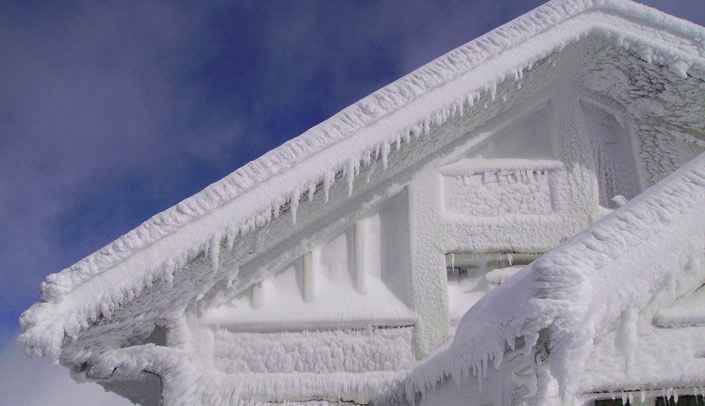A little taste of cold weather last week sent a reminder that it’s not too late to make simple, inexpensive changes that can keep you comfortable this winter. With almost 50 percent of your total energy bill going to heating, it can save you a lot of money, too.
LiveGreen has plenty of tips below, including “how to” videos.
Stop cold air from getting in:
- Install storm doors and windows, making sure they close securely.
- Remove window A/C units or cover them, sealing the edges to the window frame.
- Caulk gaps on the exterior between window frames and siding, as well as the frame around your attic. Plug all holes and caulk all gaps where different building materials meet — along the foundation and where chimneys, pipes and wires enter the home.
- Close the damper on your fireplace when you’re not using it or use a chimney balloon.
- Weatherstrip windows and exterior doors and adjust or replace door sweeps.
- Put draft snakes or rolled up towels against doors and on window sills.
- Insulate electrical boxes that house outlets and switches in exterior walls with pre-cut foam gaskets.
- Put window plastic over leaky windows.
Keep the warm air in:
- Add insulation to your walls and attic.
- Insulate exposed hot water pipes.
- Insulate the basement rim joist that separates the frame of your house from the foundation
- Seal duct work with duct sealing tape or mastic.
Use less energy:
- Run ceiling fans clockwise to circulate warmer air down into the living space.
- Clean or replace furnace filters regularly. This increases efficiency while extending the life of the unit.
- Open and clean vents in rooms you use; close vents in unused rooms.
- Get a programmable thermostat and turn the heat down when you leave the house and when you sleep.
- Set your thermostat as low as you comfortably can when you’re home; wear an extra layer or grab a blanket.
- Turn down the water heater. Lowering the temperature to 120 degrees can reduce your water heating costs six to 10 percent.
Other Resources:
- Check out this Fall Home Maintenance Checklist.
- Prevent Pipes from Freezing.
- Check the Database of State Incentives for Renewables & Efficiency for rebates and incentives if you’re adding insulation, replacing the furnace or water heater, or planning any other “big” project.
